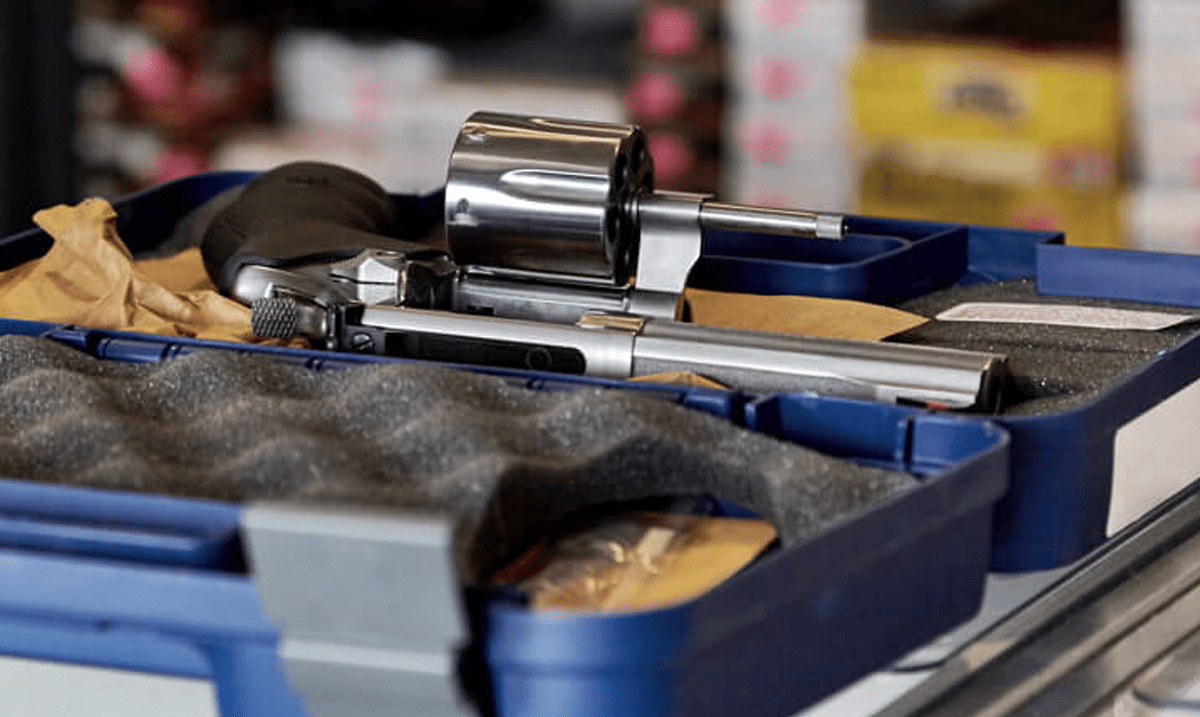A&D Entries for Type of Firearm
What is the Type of Firearm?
Prepared by Harry McCabe, Former ATF Deputy Assistant Director and Consultant to the National Shooting Sports Foundation
For several years, errors in Acquisition and Disposition (A&D) records have been the number one violation cited by the Bureau of Alcohol, Tobacco, Firearms & Explosives (ATF) on firearms compliance inspections. There are many different types of errors that can be made in the A&D records – everything from simply forgetting to put a piece of information like caliber or gauge to completely forgetting to make an acquisition or a disposition entry. Each kind of error, and each instance of an error, is a separately citeable violation. The guidelines that follow will help you prevent being cited for a common A&D records violation.
The ATF regulations at 27 CFR 478.125(e) require the type of firearm to be entered as part of the description of the firearm you received (acquisition). In my visits to retail firearms dealers across the country, one of the most often repeated A&D mistakes I find is incorrectly identifying the type of firearm. I have seen more entries than I would have expected that list the type of firearm action, for example,bolt, lever, or semiautomatic. I have even seen commercially printed A&D books that actually head the type column as, “Type of Action;” and you know what happens then – the FFL enters what the column calls for. Unfortunately, those entries violate the provisions of 27 CFR 478.125(e).
The ATF regulation 7 CFR 478.125(e) require the type of firearm to be entered as part of the description of the firearm you received (acquisition). Valid entries for this field include but are not limited to: pistol, revolver, rifle, shotgun, receiver, frame, pistol-grip firearm suppressor, and machinegun. The regulation does not say “type of firearm action” or “type of action.”
It is permissible to make an entry such as “semiautomatic pistol” or “bolt action shotgun,” but entering only “semiautomatic” or only “bolt” does not satisfy the requirements of 27 CFR 478.125(e). The actual type of firearm must be in the description, not the type of action.
The primary reason the regulation requires the type of firearm and not the type of action is to ensure that if a particular firearm is traced, the correct response is provided to law enforcement. It is entirely possible for there to be a semiautomatic pistol, a semiautomatic rifle and a semiautomatic shotgun, all with the same serial number – although they should be from different manufactures since a manufacturer or importer cannot duplicate or re-use a serial number. If your records do not show the actual firearm type, you may not to be able to accurately respond to a trace if one of those three completely different firearms is traced to you.
As we say in our NSSF seminars, excluding pre-1968 firearms that were not required to have a serial number, a 100% complete and accurate description of a firearm in the A&D records will distinguish that firearm from any other firearm on the face of the earth. That can only happen if you have entered the correct type of firearm (as well as correctly entering all the other information about that firearm) in your records.
NOTE: Those same firearm types must also be entered in block 29 of ATF Form 4473, Firearms Transaction Record.
So, what do you do if you find yourself among the FFLs who mistakenly have type of action in your A&D records? You need to correct your records.
What is the best way to correct this error? If you have the room in the type block, simply add the type of firearm, pistol, rifle, etc., after the type of action. Place your initials and the date you made the change next to the change, and you’re done. Start with your most recent entries and work backwards until you have corrected all your records.
You can also draw a single line through the type of action, write in the type of firearm, and then initial and date the changes.
In the worst case scenario, you may have to line out the entire entry and make a new entry on the next available line in your current A&D book. In that case, you enter a reference to the new book, page and line number in the disposition side of the incorrect record and then use that new entry to record the disposition when you sell or transfer that firearm.
However you do it, you really need to correct these errors. It could mean the difference in being cited for violations of 27 CFR 125(e) many, many times or not. It could also someday mean the difference between law enforcement’s solving a crime or not.








